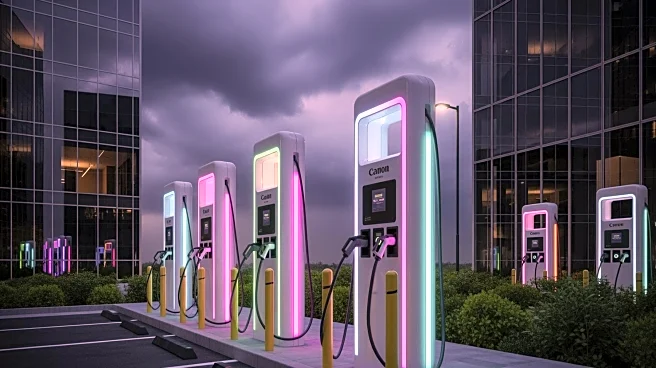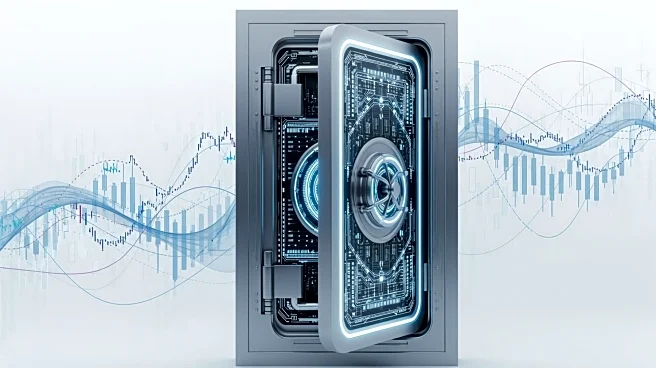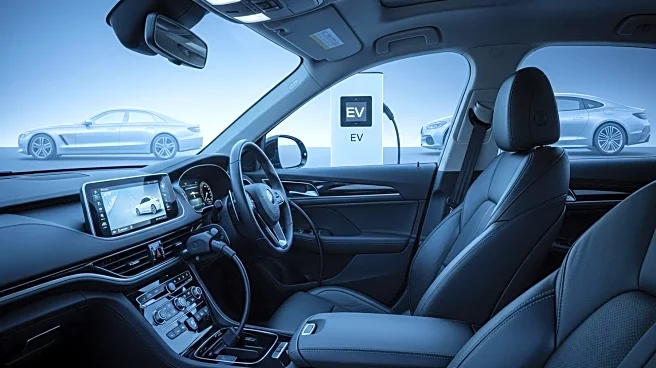What's Happening?
The average price of a new car in the United States has reached a record high of $50,080, according to a report by Kelley Blue Book. This milestone reflects a significant increase in vehicle prices following the post-COVID recovery. The rise in prices has been
attributed to a shift in the market where subprime buyers are increasingly excluded, leaving dealers to cater to more affluent customers. This trend has been exacerbated by the popularity of luxury and electric vehicles, which have further driven up average prices. Additionally, a growing number of consumers are finding themselves 'upside down' on their car loans, meaning they owe more on their vehicles than they are worth. In the third quarter, 28.1% of trade-ins for new vehicles involved negative equity, with an average debt of $6,905.
Why It's Important?
The rising cost of new vehicles is making car ownership increasingly unattainable for many Americans, effectively turning new cars into a luxury item. This shift has significant implications for the automotive industry and consumer debt levels. As more consumers are priced out of the new car market, there may be increased demand for used vehicles, potentially driving up prices in that segment as well. The trend of rolling over negative equity into new loans could lead to a cycle of debt that is difficult for consumers to escape. This situation poses a risk to financial stability for many households, as high car payments can strain budgets and limit spending in other areas of the economy.
What's Next?
As new car prices continue to rise, consumers may increasingly turn to used vehicles as a more affordable option. However, with the cost of used cars also on the rise, buyers may need to adjust their expectations and consider keeping their current vehicles longer. Financial advisors suggest that consumers focus on maintaining their existing cars and saving for future purchases to avoid the pitfalls of high-interest loans and negative equity. The automotive industry may also need to adapt by offering more affordable models or financing options to retain a broader customer base.













